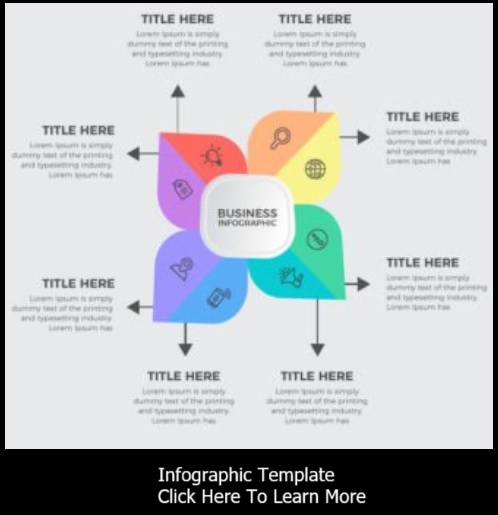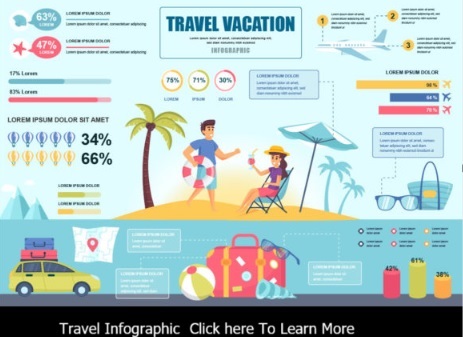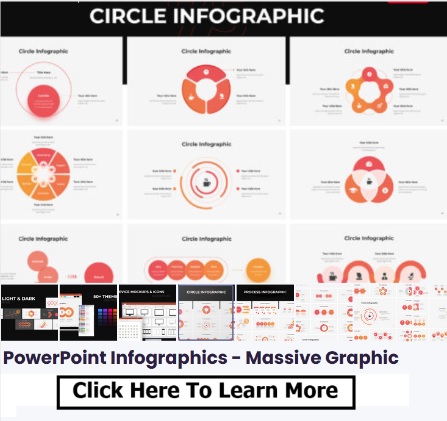In the realm of visual communication, both infographics and posters hold significant roles in conveying information, ideas, and messages. While they share similarities, they serve distinct purposes and cater to different communication needs. Let's delve into the differences between infographics and posters to understand their unique attributes and applications.
Defining Infographics: Visualizing Complexity
Infographics are a dynamic blend of visuals and text designed to present complex information in a concise and visually appealing manner. They are crafted to distill data, statistics, concepts, or processes into easily digestible visuals. Infographics excel at breaking down intricate subjects, making them accessible to a broader audience. Their primary goal is to educate, inform, and elucidate. Infographics often involve charts, graphs, icons, and illustrations that help simplify data and emphasize key points. They are commonly found in articles, presentations, reports, and educational materials, where the focus is on delivering insights quickly and effectively.
Characteristics of Infographics:
- Data-driven content presentation.
- Emphasis on clarity, brevity, and engagement.
- Visual representations of complex information.
- Designed to explain, inform, and educate.
- Utilizes a combination of visuals and succinct text.
- Often uses data visualization techniques.
Defining Posters: Captivating Attention
Posters are visual displays aimed at capturing attention, often for promotional or illustrative purposes. They typically feature a central image or illustration accompanied by text to convey a specific message. Posters are commonly used for advertising events, raising awareness, promoting products, or conveying an artistic or cultural message. Unlike infographics, which are data-centric, posters are more expressive and may evoke emotions or a particular mood. While they can contain information, their primary purpose is to grab the viewer's attention and communicate a message through impactful design and visuals.
Characteristics of Posters:
- Visual appeal and attention-grabbing design.
- Conveys a specific message or idea.
- Often used for advertising, events, or artistic expression.
- May include less text compared to infographics.
- Focuses on creating an emotional or aesthetic impact.
- Design elements prioritize aesthetics over data presentation.
Key Distinctions:
-
Purpose and Function:
- Infographics: Information dissemination, data visualization, and education.
- Posters: Promotion, advertisement, artistic expression, and message conveyance.
-
Content Emphasis:
- Infographics: Data, statistics, processes, concepts.
- Posters: Eye-catching visuals, central message, emotions.
-
Amount of Text:
- Infographics: Often includes concise, explanatory text.
- Posters: Text is used sparingly to enhance visual impact.
-
Audience Engagement:
- Infographics: Engages intellectually through informative content.
- Posters: Engages emotionally or aesthetically to evoke a response.
-
Information Depth:
- Infographics: Provides in-depth insights on a topic.
- Posters: Offers a snapshot or brief overview.
In conclusion, while infographics and posters both leverage visual elements to communicate, their primary objectives, content emphasis, and audience engagement differ. Infographics dive deep into data visualization and information presentation, while posters captivate attention through visual aesthetics and succinct messaging. Understanding the distinctions between these two forms of visual communication allows creators to choose the appropriate medium to effectively convey their intended message.




